On Monday, the small Alaskan community of Utqiaġvik, located 320 miles north of the Arctic circle, finally saw the sun again after 65 days of darkness. Despite the brief glimpse, with the sun rising at 1:03 p.m. and setting at 2:15 p.m., the residents of Utqiaġvik were overjoyed to see the sun again after the last one was seen on November 18, 2022.
Photographer Mark Mahaney traveled to the northernmost town in the U.S. to document the first sunrise of the year and to hear from the residents, police and Iñupiat Alaskan Natives about what it’s like to live in the dark. He described the town during the winter as an “energetically heavy place.”
“It was a very intense place to be during that time of year in the town. The crime spikes, different abuse goes up,” said Mahaney. “The local police department gets random calls from citizens saying that they feel disoriented, that they don’t know what time of day it is, or they don’t know the day of the week it is.”
As the days progress, the residents of Utqiaġvik will have the opportunity to experience an increasing amount of sunlight. In the coming days, the town will see an additional 25 minutes of sun each day. By the time February rolls around, residents can expect to see an extra 10 minutes of daylight each day. As we move into mid-March, the town will be bathed in sunlight for 12 hours a day. Even on March 23rd, when the sun dips below the horizon, the town will remain in a state of twilight throughout the entire night.
The residents of Utqiagvik, also known as Barrow, will have to wait until April 23rd for complete darkness again. However, starting May 12th, 2023 the town will be bathed in the light of the midnight sun, with the sun remaining visible until August 2nd. Despite the sun being below the horizon during winter, the low angle of the sun ensures that the town is enveloped in a perpetual state of twilight.

Utqiaġvik Residents Welcome the Sun After 65 Days of Darkness
Latest from Nature
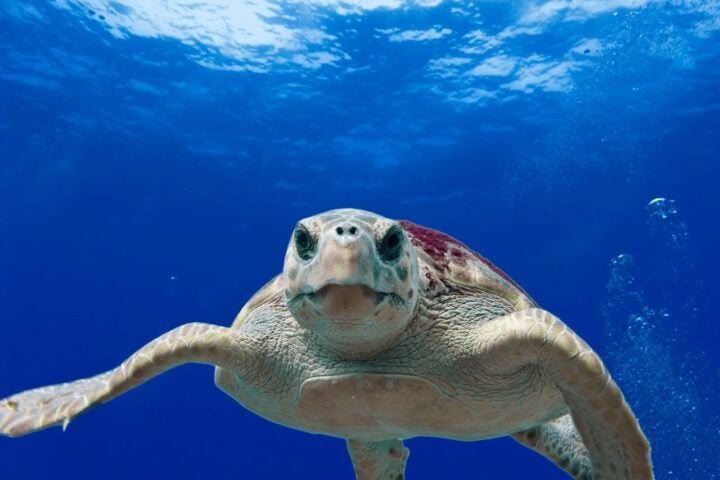
Turtles Show Extraordinary Cancer Resistance: Only 1% Affected Despite 150-Year Lifespans, Study Reveals
Cancer is strikingly rare in turtles, affecting only about 1% of these reptiles, according to a groundbreaking study published in the journal BioScience. This discovery has researchers excited about what turtle biology
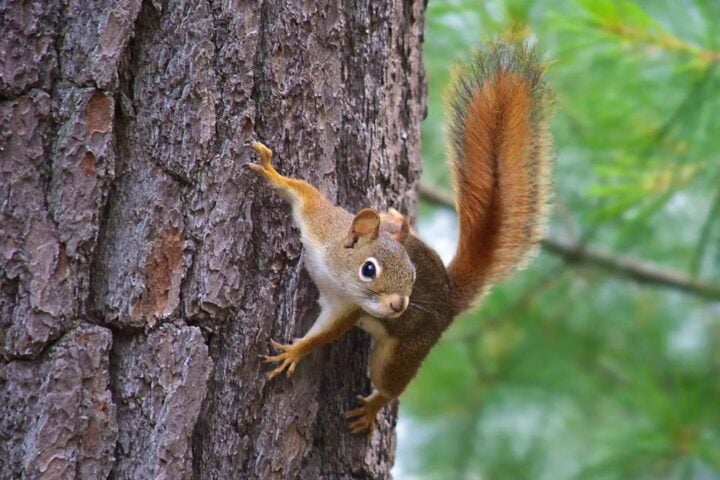
Federal Judge Sets 2027 Deadline for Mount Graham Red Squirrel Protection After Population Rebounds to 233
A federal judge has set firm deadlines for the U.S. Fish and Wildlife Service to address the protection of one of America’s most endangered mammals, the Mount Graham red squirrel, after years
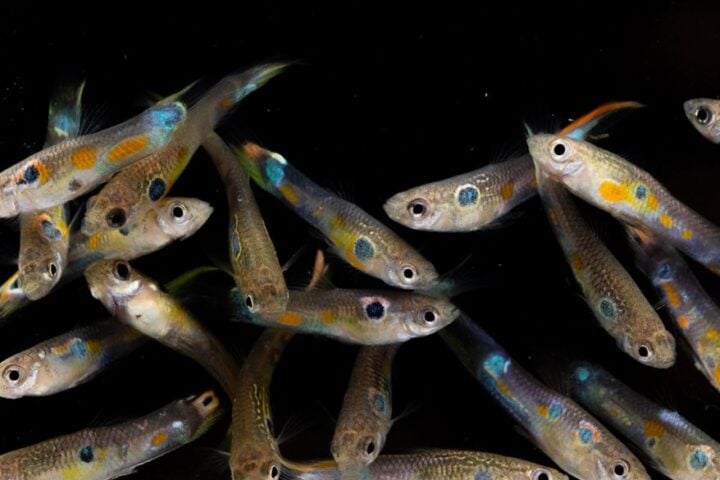
Male Guppies With Orange Spots 2X More Sexually Active Than Dull Males, UBC Study Finds
Scientists have solved a long-standing evolutionary puzzle about why male guppies sport such flashy orange colors despite the risk of attracting predators. The brighter the orange on a male guppy, the more
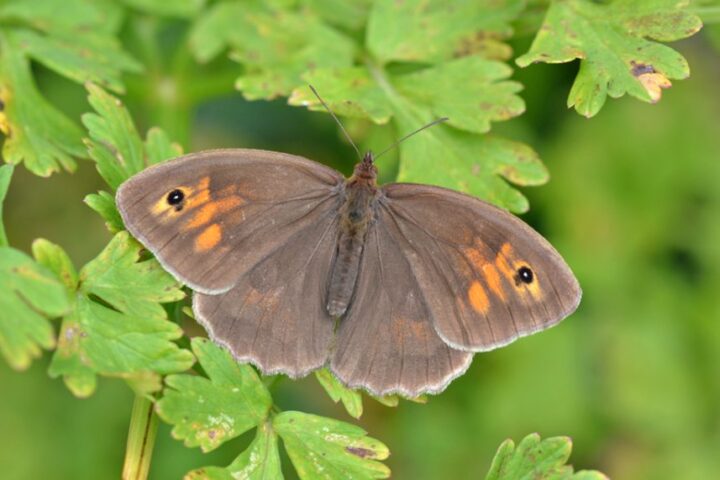
Farm Hedgerows Significantly Boost UK Butterfly Numbers as 2024 Marks Worst Decline Ever, Oxford Study Shows
Trees and hedgerows significantly increase butterfly numbers in UK farmlands, according to new research from Oxford University. This finding comes when butterfly populations desperately need help – 2024 was one of the
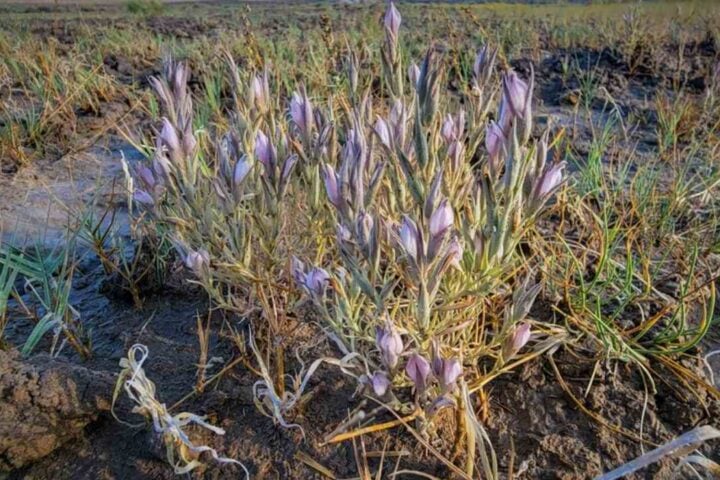
Lawsuit Filed to Protect Rare Desert Wildflower as 9-Month Federal Deadline Missed in Nevada Water Crisis
A rare desert wildflower that depends on groundwater for survival is at the center of a new environmental lawsuit. The Center for Biological Diversity sued the U.S. Fish and Wildlife Service on
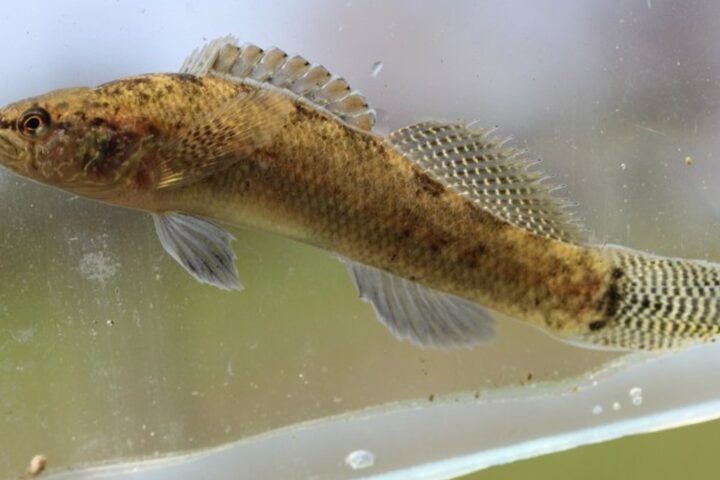
Tennessee’s Barrens Darter Fish Faces Extinction With Only 5 Populations Left in 6 Miles of Streams
After decades of advocacy and legal battles, the U.S. Fish and Wildlife Service (USFWS) has proposed listing the Barrens darter as endangered under the Endangered Species Act. This small, bottom-dwelling fish found
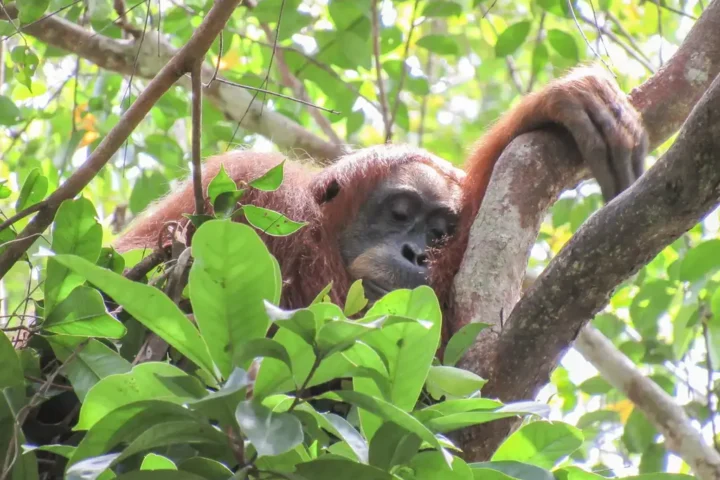
Wild Orangutans Take Power Naps After Poor Sleep, 14-Year Study Reveals Surprising Human Parallels
New research reveals that orangutans, one of our closest living relatives, deal with sleep disruption in a surprisingly human way – they take naps. Scientists from the Max Planck Institute of Animal

Endangered Secretary Bird Chick Thrives at Longleat as Wild Population Falls Below 10,000
An endangered secretary bird chick is thriving at Longleat Safari Park after being hand-reared by dedicated keepers. The chick, now five weeks old, has become a vital addition to global conservation efforts
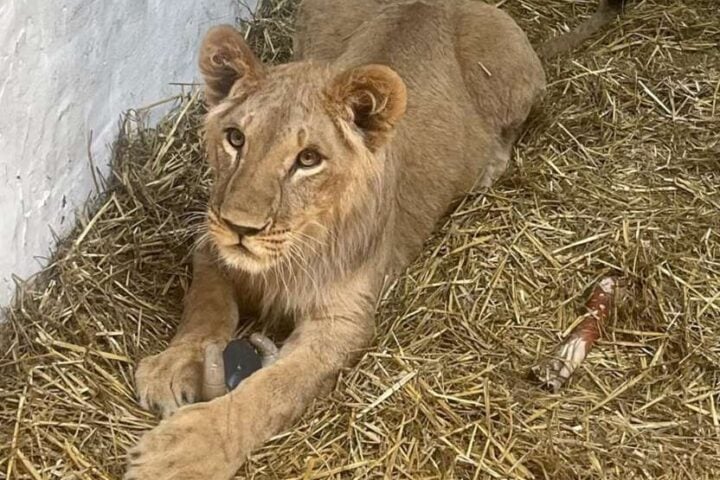
Yorkshire Wildlife Park Launches 2000-Mile Rescue Mission for Ukrainian Lions While Celebrating First Monkey Birth
Yorkshire Wildlife Park is launching a rescue mission to save three young lions from war-torn Ukraine while also celebrating the birth of their first Titi monkey in the Amazonas walkthrough reserve. The
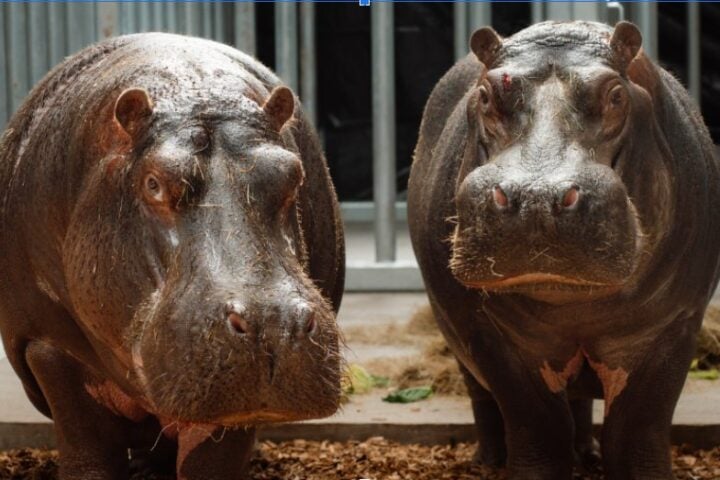
Longleat Safari Park Welcomes Four Hippos to New £2M Facility for Conservation Breeding
Longleat Safari Park has welcomed four new hippos as part of a crucial conservation breeding program for this vulnerable species. The arrival marks a significant milestone after the deaths of beloved hippos
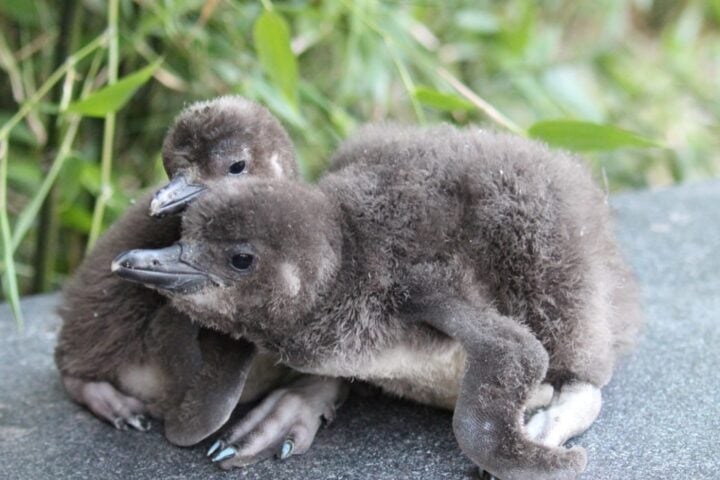
Blue Toenail Polish Helps UK’s Only Magellanic Penguin Colony Track Health of New Chicks at Blackpool Zoo
Tiny penguin chicks at Blackpool Zoo are getting blue nail polish on their toes – but it’s not just for fashion. This creative solution helps zoo staff tell the fluffy siblings apart,
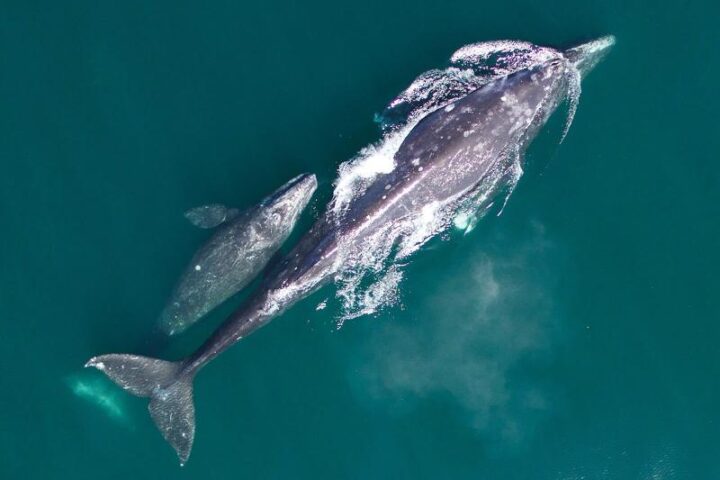
Gray Whale Population Plummets 50%: Arctic Feeding Changes Push Numbers to 1970s Low of 13,000
The Eastern North Pacific gray whale population has plummeted to its lowest level since the 1970s, with alarming declines in both adult numbers and newborn calves. A recent count by NOAA Fisheries

DNA Study Reveals 6 Endangered Fish Species in Singapore-Malaysia Fish Maw Trade Worth Up to $1,184/kg
A new study has uncovered a disturbing trend in Singapore and Malaysia’s fish maw markets. Researchers found DNA from six endangered fish species in dried fish maw products sold in local shops.

4.16 Billion Years: Scientists Confirm Quebec Rocks as Earth’s Oldest in New Study
Scientists have conclusively proven that rocks in Canada’s northern Quebec are the oldest on Earth, dating back 4.16 billion years. The discovery, published in the journal Science on June 26, 2025, settles
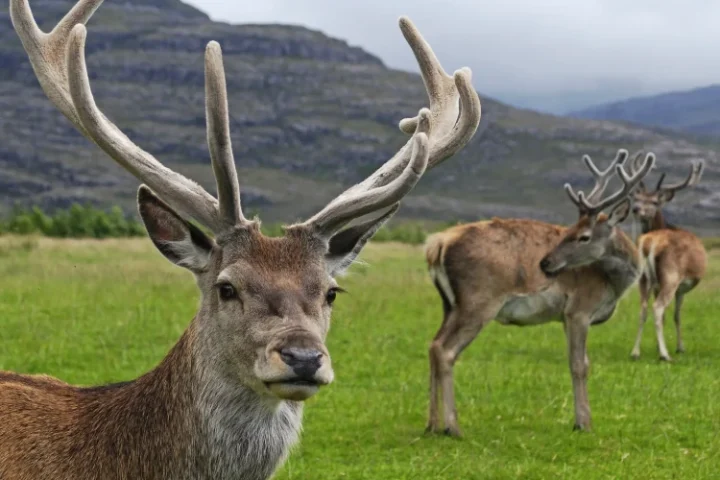
22 GPS-Tracked Deer Reveal Migration Secrets in Scotland’s Pioneering Wildlife Study
Scientists have launched an innovative research project in Scotland’s west Highlands, fitting red deer with GPS collars to track their movements. This pioneering study aims to help land managers make better decisions


